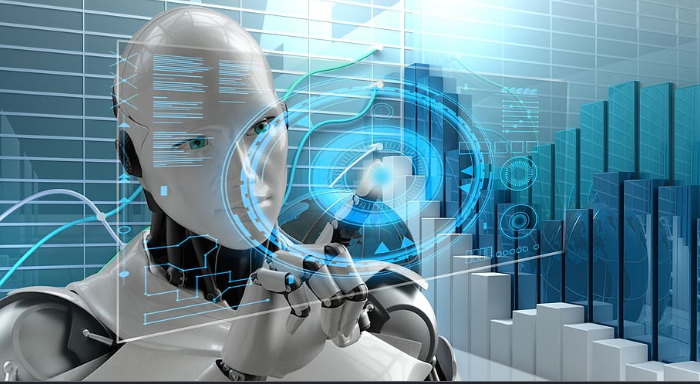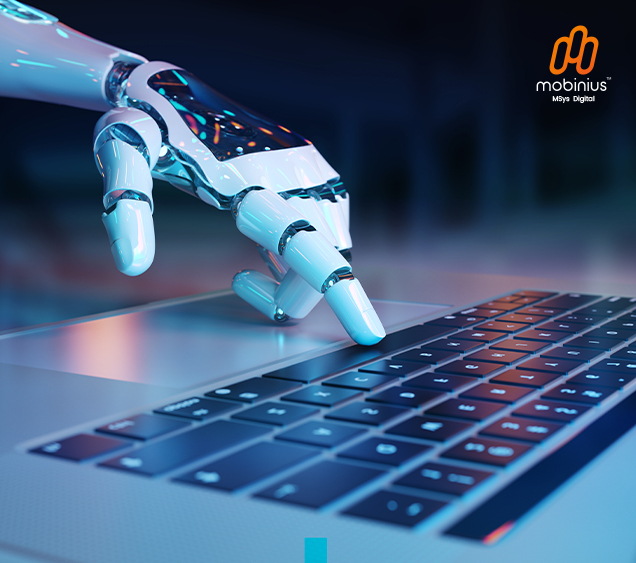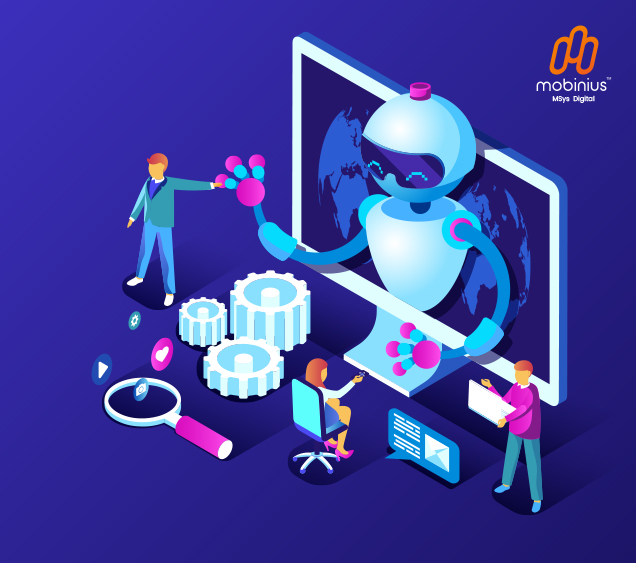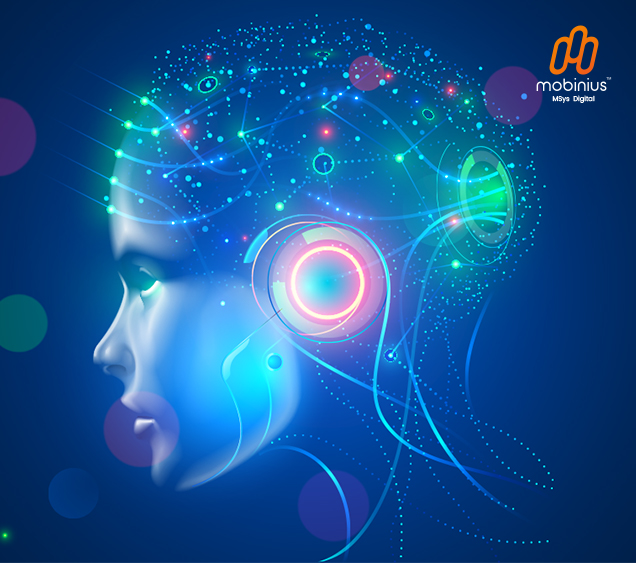7 AI trends to look out for in 2017
Audio : Listen to This Blog.
AI has seen massive growth in the recent years. One fact to be understood however is that AI is not going to grow independently but alongside the other technologies and their combined penetration in various industries would be deeper than ever. There would be the adaptation of convolutional and recurrent neural networks for deep learning. This year and those to come appear promising for AI and associated technologies.
7 AI trends that are going to create an impact in the coming year
1. Intelligent apps:
Intelligent apps are seen as a way to enhance the user engagement in many ways. So, developers have now begun incorporating AI in the apps. With the conventional mobile application development algorithms, the inputs and outputs can’t be flexed to a greater extent. But with AI based apps, the apps can be made to learn and evolve over time. This can learn from the user behavior and provide smarter responses.
2. Open source AI platforms:
With the likes of TensorFlow, H2O, MLlib, Caffe, the list of open source tools for AI is on the surge. With all the major players merging with businesses offering AI systems, the open source AI tools are making it easy for the smaller businesses to adapt AI in their framework.
3. AI systems would mean better user interfaces:
Chat bots for customer service have already started gaining momentum. Now smart systems with AI would also come with better interface between the user and the system. This makes a user friendly convenient system. Chat bots and intelligent UIs are getting easier to develop as well. Smarter chat bots and other UIs would start ruling the market in the coming years. This would also be accompanied by the growth of emotional intelligence of AI systems making the interaction with the system as close to a human-human interaction as possible.

4. Commerce and retail players would heavily rely on AI systems:
Though AI has penetrated every industry, the retail and commerce is one industry that has been relying a lot on AI systems. People now do more of online shopping than visiting brick and mortar stores mainly because of the personalized shopping experience that online shopping sites offer. To blend the benefits of online shopping experience in physical stores, AI can help. There could be humanized AI systems that can act as virtual shopping assistants. And AI can also make online shopping experience a lot better and reduce cart abandonment by suggesting relevant products based on the browsing and purchase history.
5. Unbiased AI engines:
Experts are trying to make AI systems more human like. But this has also resulted in many AI systems being a tad bit biased and discriminative in various ways much like humans. Now that people have realized the need for a more neutral system that would yield unbiased accurate results, this year and those to come, would see the evolution of unbiased AI systems. However, this can only be done by tweaking the dataset fed to the system.
6. Sophisticated range of GPU driven hardware:
With the intelligence being fed into the systems, the changes and improvements would occur not just in the software but also in the hardware. There would be precise sensors integrated for easier user-interactions with the machines. This would make the systems truly intelligent. In fact, the non-availability of the hardware to support intelligent algorithms was one of the factors that was inhibiting the spread of AI in the past which is now being overcome. GPUs would upgrade AI systems by expediting the Deep Neural Networks. In Japan, there is going to be a GPU driven AI-supercomputer!
7. The power of AI delivered with the cloud:
Moving to the Cloud has become almost mandatory to stay in line with the current trends. Now with several giants like Google talking about combining the capacities of AI, machine learning and aided technologies with the cloud, there would be more AI systems than ever, especially in the enterprise scenario. Cloud can support large machine learning and AI algorithms with its scalability. With cloud services like Google Cloud delivering ML and AI solutions along with Cloud, implementation would become simpler. Kaggle, one of the largest communities of data scientists is also part of Google now and this would mean better datasets to train the AI systems.
It’s inevitable. AI is going to be everywhere, at stores, your workplace and homes too! And there are going to be unsupervised and reinforced learning algorithms, making artificial intelligence much better and practical too. So, now is the right time to sink into this AI wave to avoid being left behind in this ever growing market!



